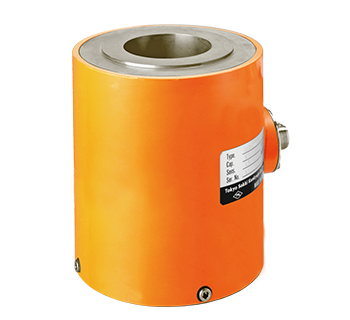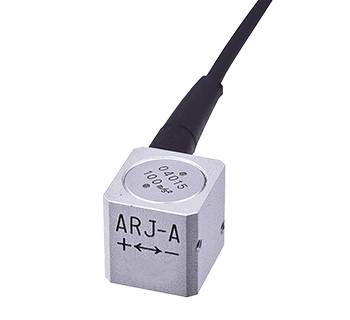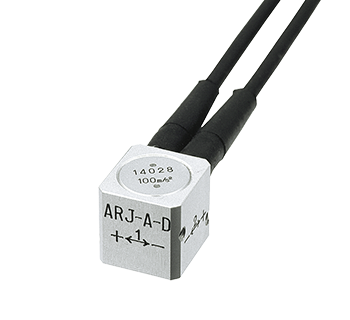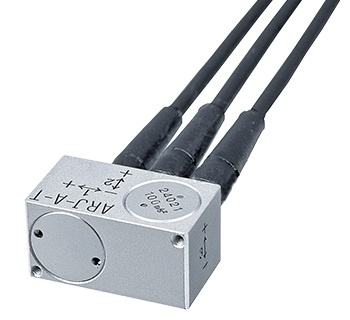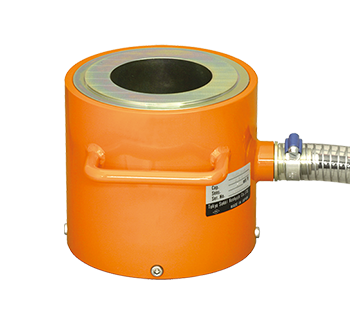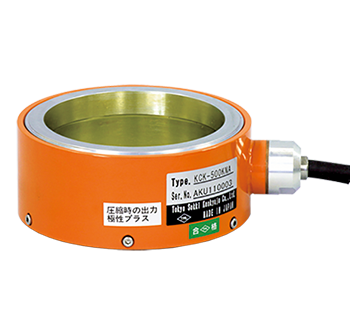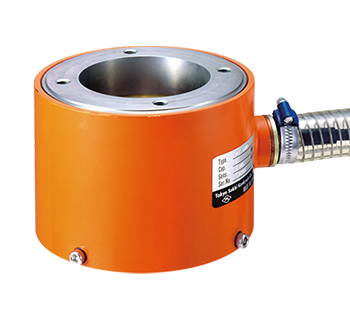Center-hole type Compression Load Cell KCC-NA
KCC-NA Center-hole type Compression Load Cell 200kN to 1MN
The KCC-NA Load Cell is a center-hole-type load cell with flanges. The large diameter of its center hole makes this load cell suitable for use in almost all anchoring methods. It can deliver stable measurement performance under a relatively high eccentric load.
Protection ratings : IP 67 equivalent
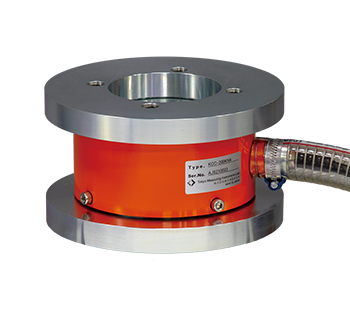
- Features
- Large center hole diameter
- Top and bottom flanges attached
- Small effect of eccentric load
- Splash-proof structure
-
Specifications
Type Capacity Rated output Non-linearity Temperature
rangeKCC-200KNA 200 kN 1mV/V
(2000x10-6 strain) ±10 %1 %RO -20 to +70 ℃ KCC-500KNA 500 kN KCC-1MNA 1 MN Output polarity
Measurement moves in the minus direction with regard to increased compressing force.
More Information


